
December 19 2023
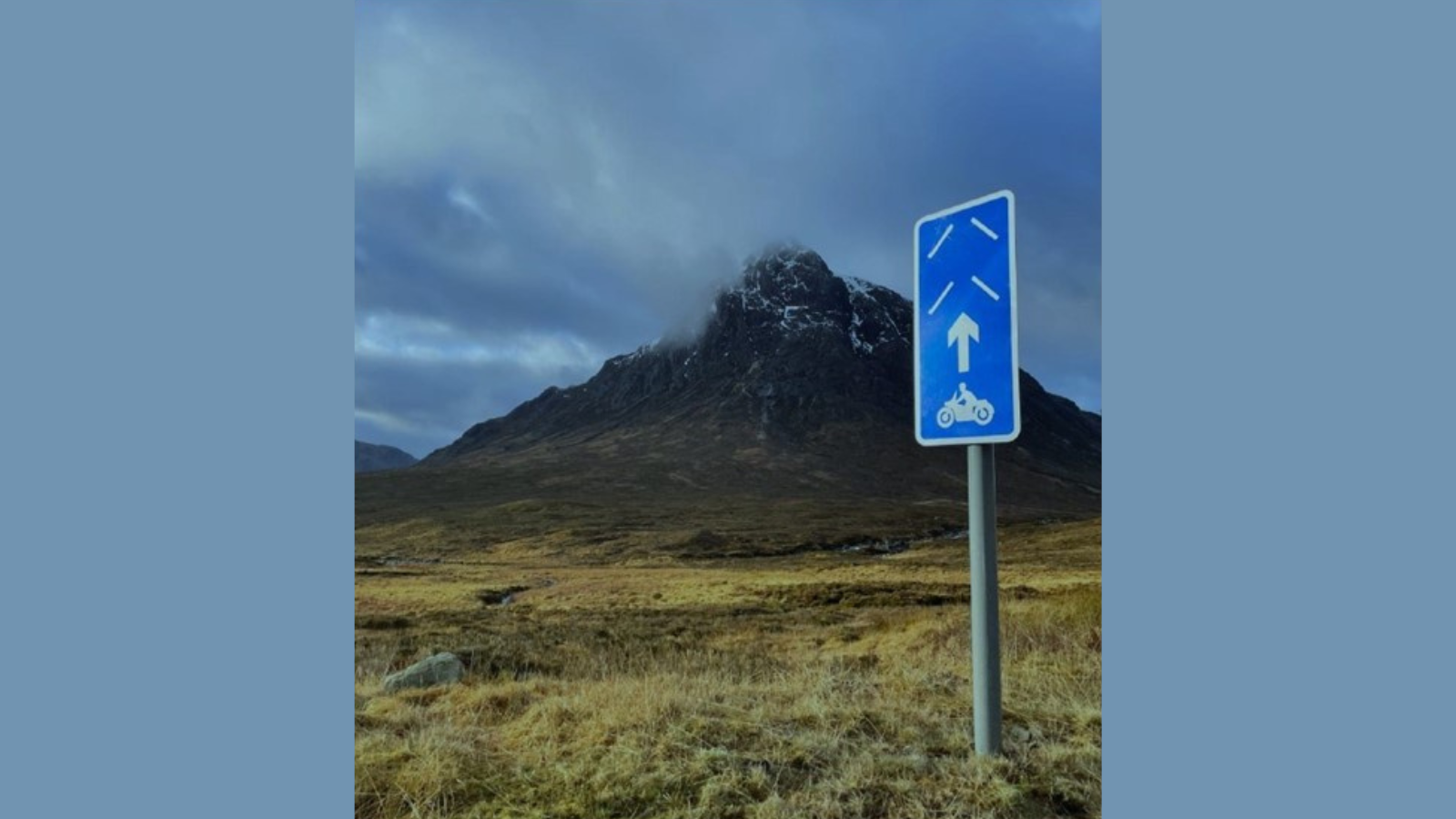
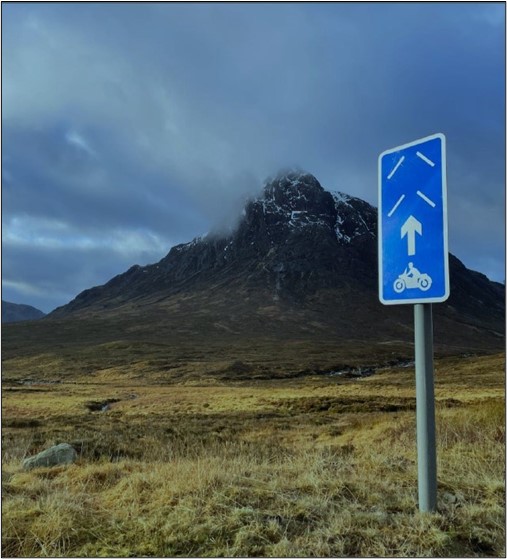
Image credit: Transport Scotland
It is a fact that every bend in a road has a speed above which your vehicle will not get around it and instead travel straight on. The radius of some bends is so great that this speed is far in excess of what your vehicle is capable of and, consequently, we travel around them without issue. But with regard to those tighter, lesser radius bends and without getting into a physics lesson or considering ‘racing lines’, if a vehicle’s speed is higher than the maximum theoretical speed for a bend, the vehicle will leave the road to the outside of that bend and, if this happens on a UK left-hand bend, is likely to head into the lane of opposing traffic. The potential consequences are obvious.
The Forensic Collision Investigation team at Keith Borer Consultants deals with such incidents on a regular basis and when the vehicle concerned is a motorcycle, a vulnerable road user, the outcome is often a tragic one.
But, if a rider cannot correctly assess the severity of a bend and adjust their speed accordingly, can they be ‘nudged’ into adopting a slower entry speed into the bend? Can ‘nudge psychology’ assist?
What is ‘nudge psychology’?
The chances are, if you are a motorist, you are likely to have experienced nudge psychology before. What about the ‘Keep apart 2 chevrons’ sign and accompanying road markings - does the distance between your car and the car in front increase? Does the car behind you drop back?
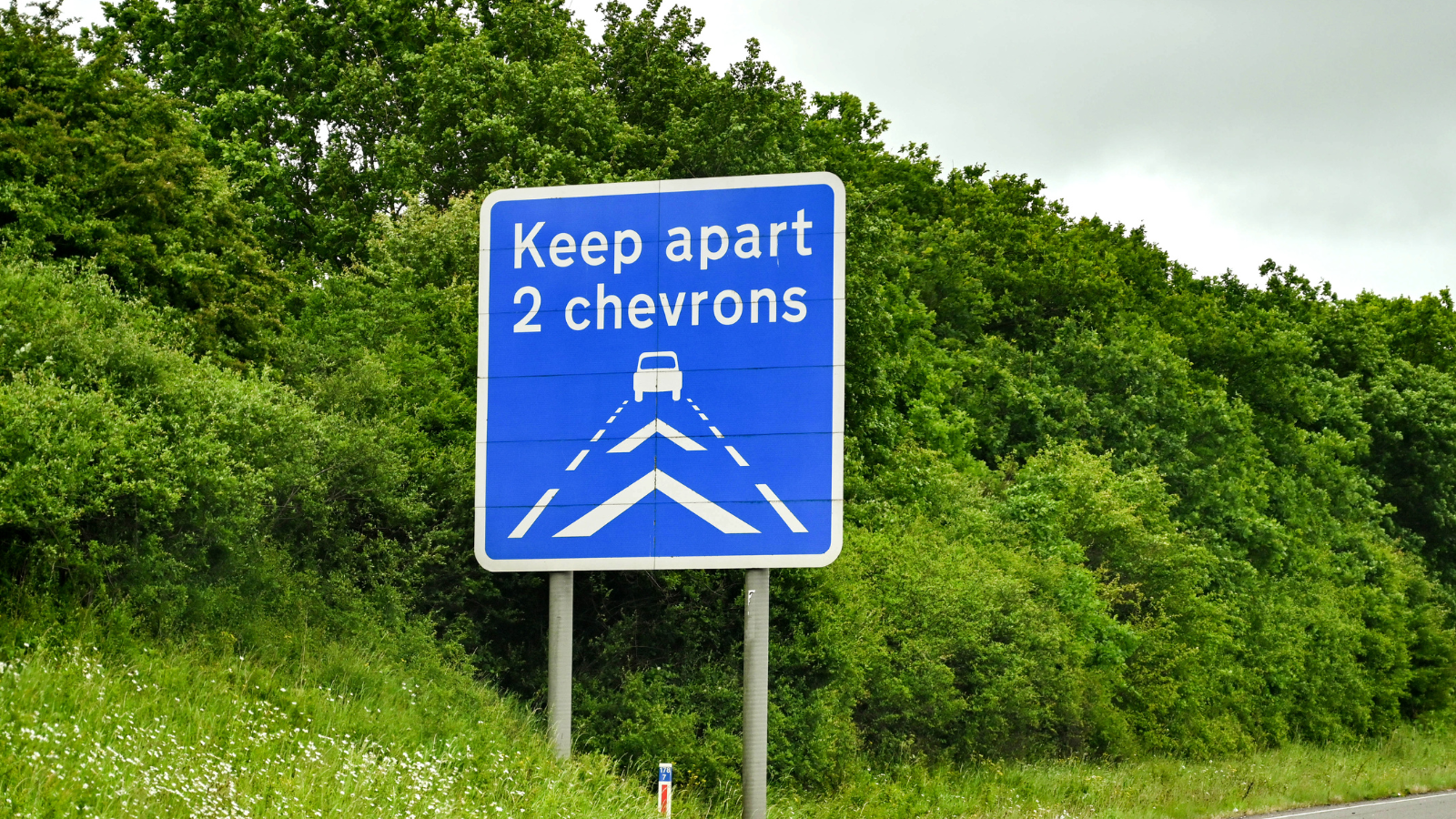
Credit: iStockPhoto/Ceri Breeze
Or consider when you travel on a high-speed road, such as a dual carriageway, and you’re presented with a series of yellow bars painted across the width of the lanes. Do you find yourself slowing down and then find a roundabout or set of traffic lights just around the corner?
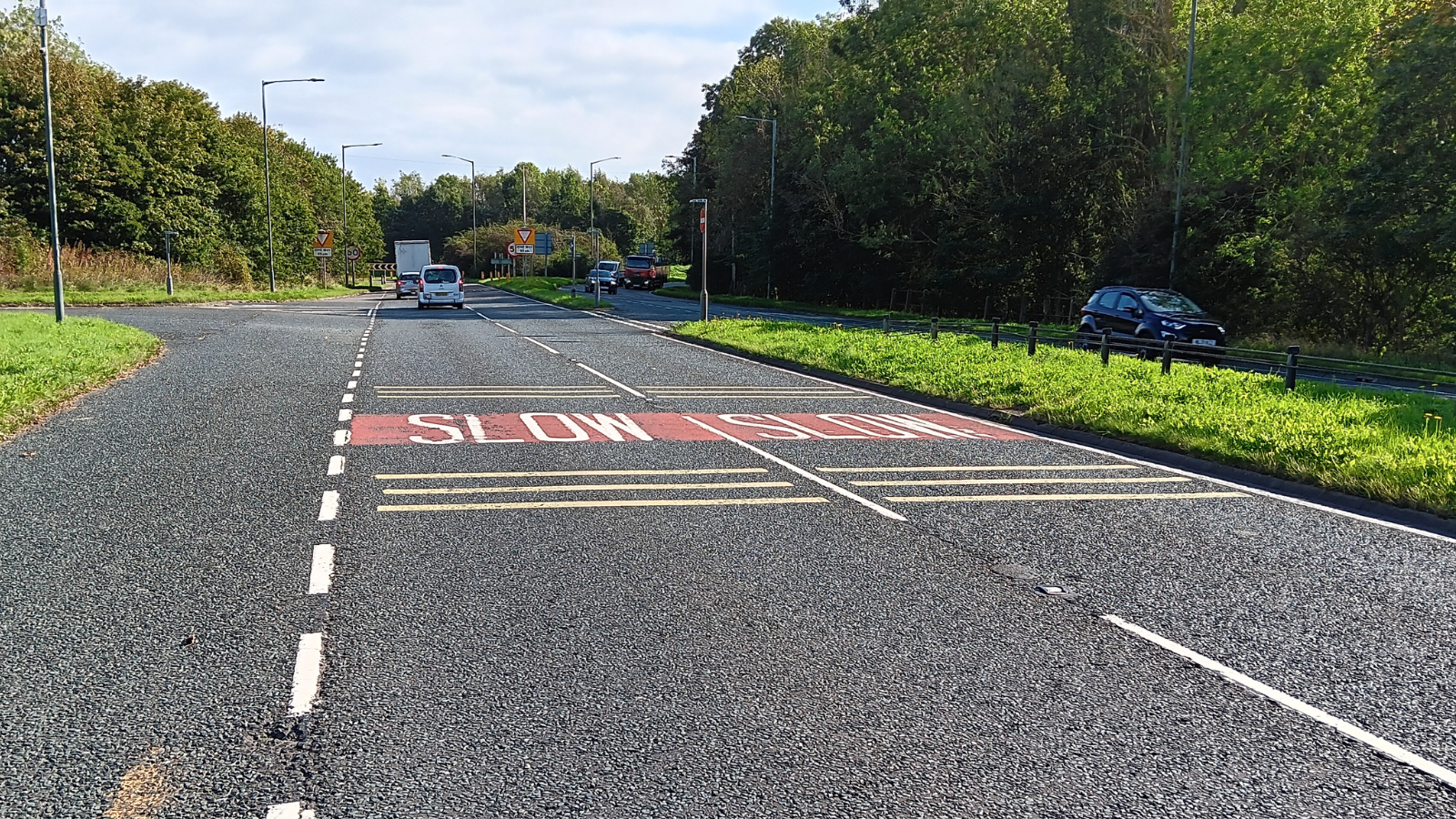
Credit: Dr David Schudel, Keith Borer Consultants
In both examples, psychology has been deployed and you have been nudged to alter your driving, either to increase the distance between vehicles by looking out for those two chevrons, or to slow your speed as a consequence of having demonstrated to you how fast you are reaching the next yellow bar in the series.
Can we ‘nudge’ a motorcyclist approaching a bend to improve their own safety?
Introducing PRIMEs (Perceptual Rider Information for Maximising Expertise and Enjoyment). These are road surface markings painted on the approach to left-hand bends to help motorcyclists make better riding decisions and thereby not cross into the opposing lane or even leave the road.
They take the form of pairs of short white lines painted on the road surface, each angled at 45º towards the centre of the lane.
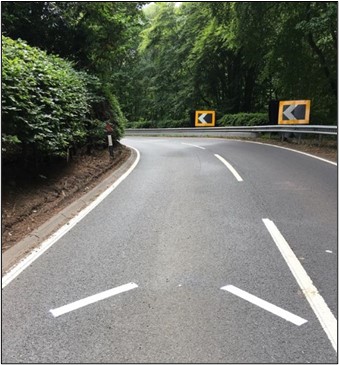
Credit: Transport Scotland
Twenty-two trial sites were created on roads covering some 750 miles around the West Highlands of Scotland, accompanied by research over a three-year period (2020 to 2022), with video footage of over 32,000 motorcycles at the PRIME locations observed.
The researchers found that there was a significant reduction in speed on approach to the bend with the rider adopting a better road position on both approach and at the apex of the bend. The study also showed that, during the research period, there had been no motorcycle injury collisions at any of the previously identified accident cluster sites where PRIME markings were being trialled.
The project was so successful that it won a Prince Michael International Road Safety Award.
So why do PRIMEs appear to work? The idea is that the marks subconsciously suggest the road ahead is narrowing and so ‘trick’ or ‘nudge’ the rider into thinking that a slower speed is necessary to travel safely around the bend. In reality, neither the width of the lane being travelled nor the maximum theoretical speed for the bend have changed. The variable that can be influenced, and the one that most greatly impacts safety, has been found to reduce speed. With such an outcome, we may start to see these marks being adopted elsewhere in the UK.
Concerns from motorcyclists regarding similar initiatives
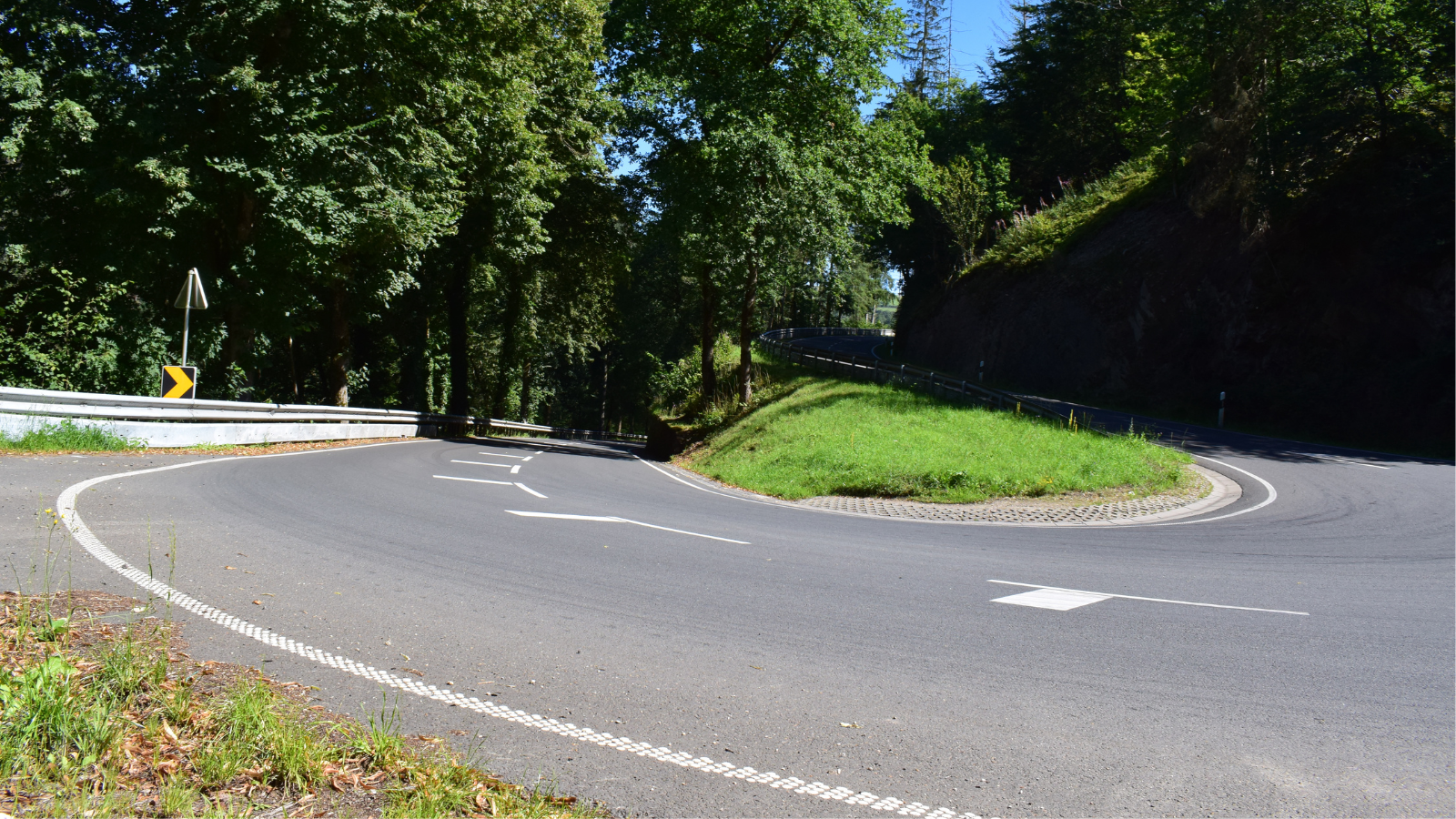
Credit: iStockPhoto/Markus Volk
Similar road marking psychology has been employed in mainland Europe, for example in Luxembourg and parts of Austria and Switzerland, where horizontal white bars of paint extend out from the centre line on bends. Driving on the right side of the road, approaching a left-hand bend, the rider is encouraged to maintain a wider line through the bend, keeping further away from the white lines and thus the oncoming traffic and the risk of head-on collisions.
So, what about the paint itself? What is it made from? Does it affect the road’s grip, for example, as it becomes worn over time? Will it behave differently in wet conditions? What happens if a motorcyclist doesn’t keep off the painted area? Most bikers try to avoid painted lines on the road, as well as other hazards like manhole covers or cat’s eyes. More research may be required to ensure the markings are as safe as possible for all road users.
Our Collision Investigation team can report on all types of criminal and civil cases involving the use of motor vehicles, including motorcycles. Members of the team are experienced motorcyclists themselves and have received police training in advanced riding.